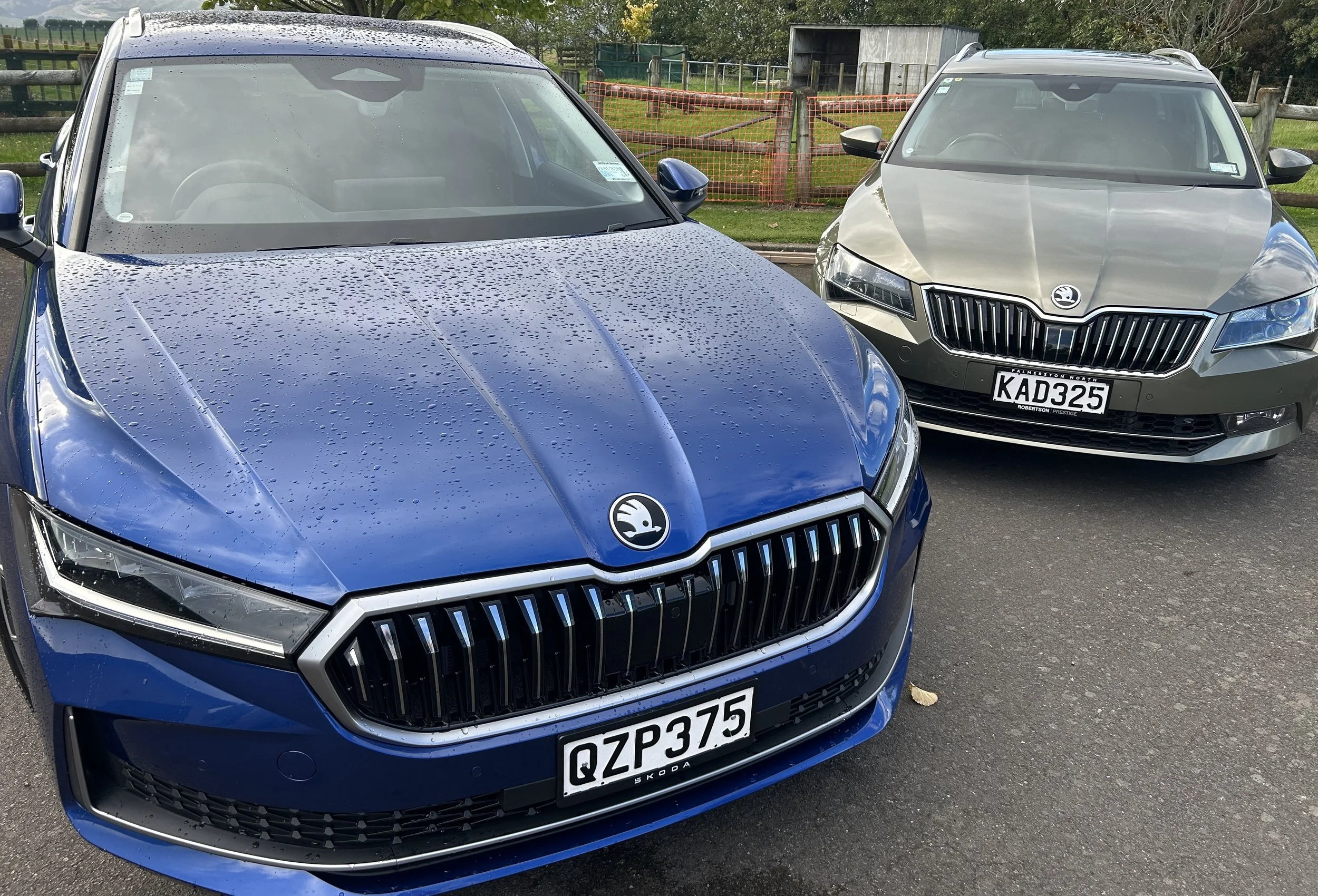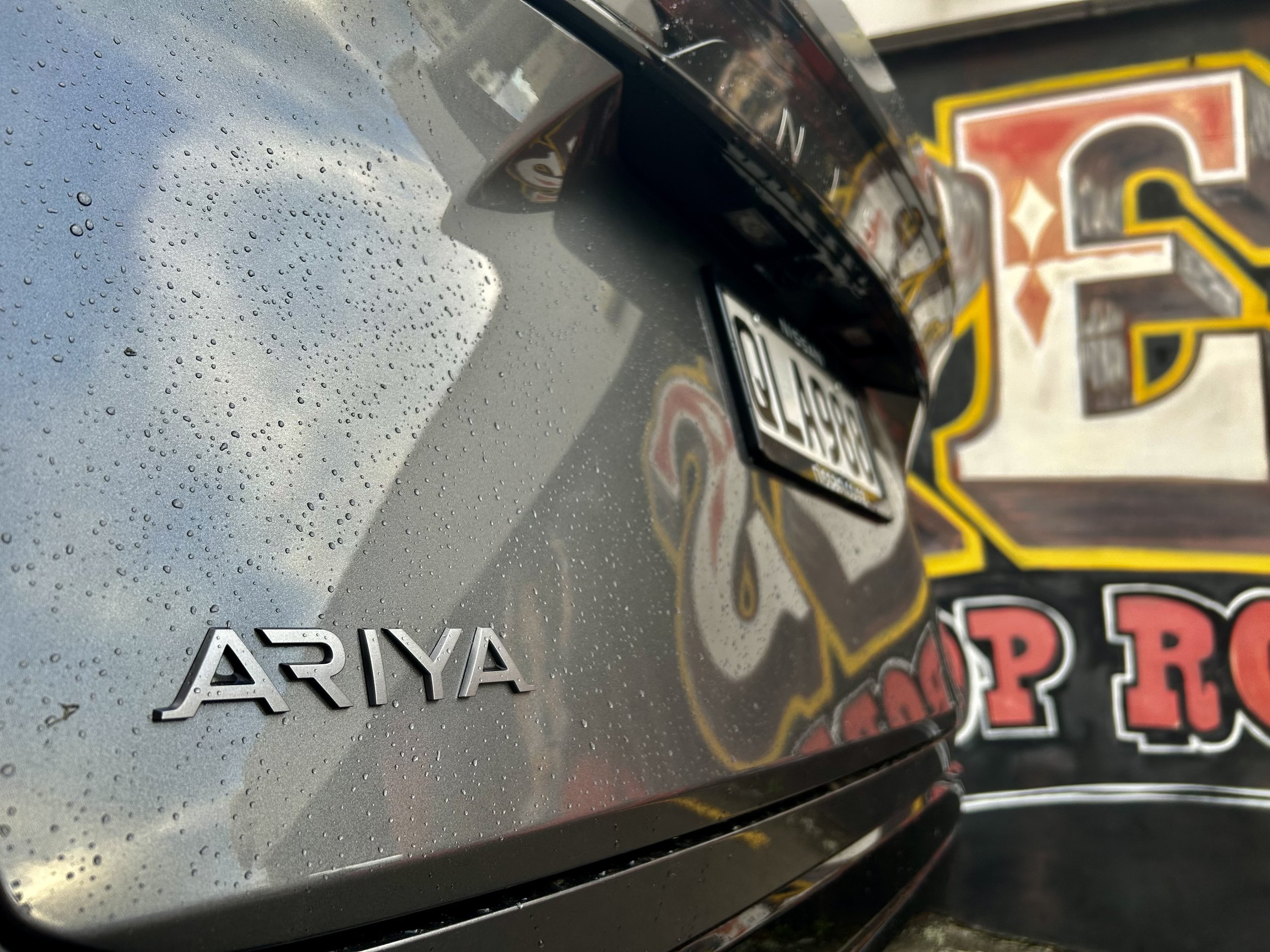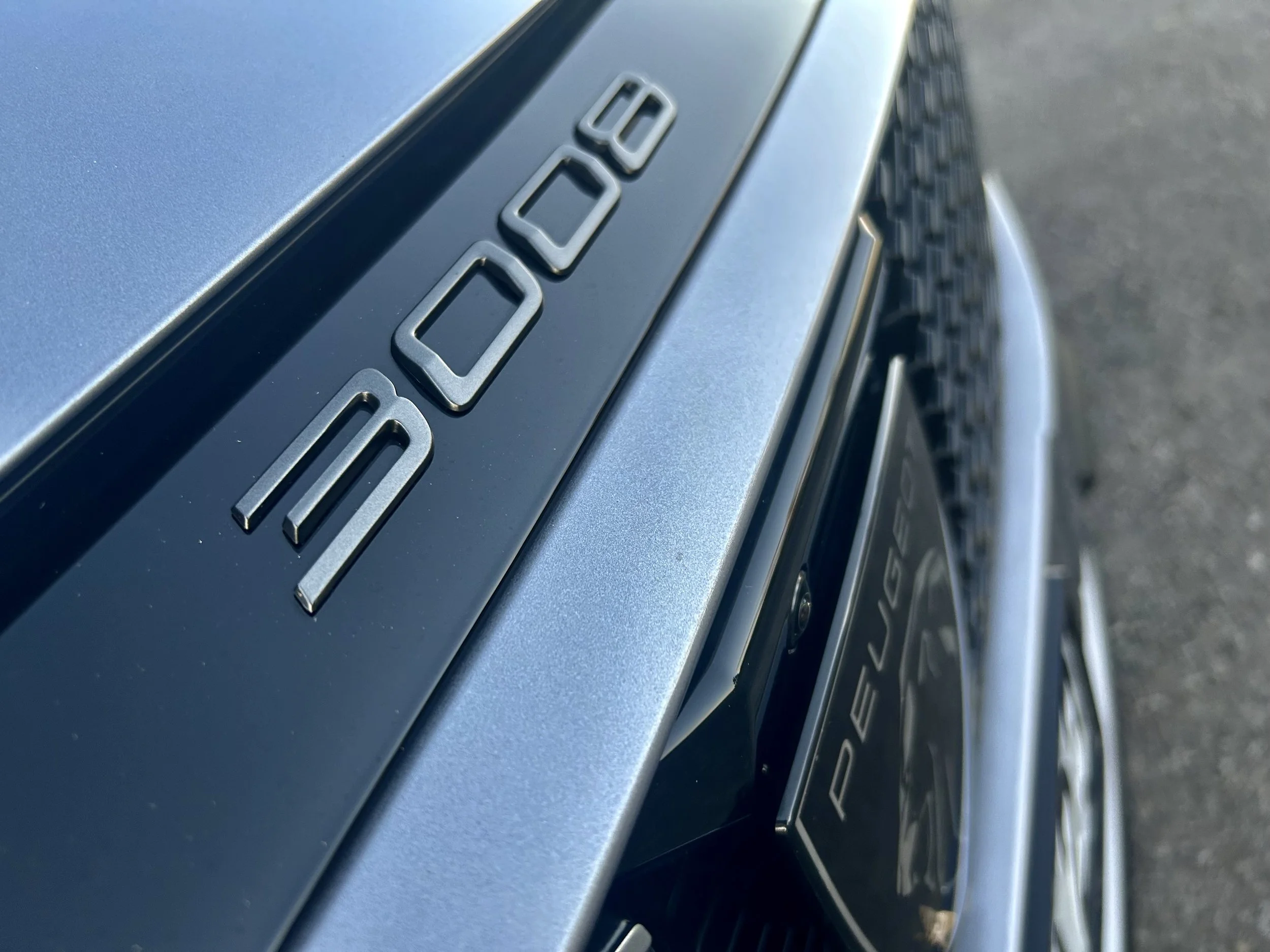Twizy treat for Renault power play
/Three of France’s pioneering electric vehicles are about to plug into the New Zealand motoring scene – but only two will be available to buy.
ON-SALE introduction of a pair of electric Renaults expected to do especially well with fleet users will come with a Twizy twist – but only for promotional purpose.
The French brand’s distributor has confirmed that it has shipped in several examples of the Twizy, a space buggy-style teensy two-seat electric city machine, classified a quadricycle in Europe even though it meets full-sized car safety requirements.
Salvatori Marti, operations and sales co-ordinator for Renault New Zealand, says there’s no intention at the moment to retail the vehicle, whose single electric motor produces 13kw of power and 57Nm of torque for a top speed of 81kmh and a range of up to 100km.
“We’ve got it strictly for promotions – it’s a good pointer to our technology and the cars that we are going to sell.”
That’s a reference to the all-electric Zoe hatchback and the Kangoo van, whose local pricing and specification is set to be subject to rolling announcements over the next three weeks.
The spotlight first falls on Zoe – and appropriately so. This five-seater hatchback similar in size to the brand’s orthodox Clio, with the same drivetrain as the Nissan Leaf recently pulled from sale, makes it first official public appearance tomorrow.
It has been taken to Wellington to be a feature attraction of a welcome for a group of electric car enthusiasts out to make a point about the technology.
The ‘Leading the Charge’ road trip has seen five cars – three Teslas, a BMW i3 and a Mitsubishi Outlander PHEV – being driven the entire length of the country to highlight the benefits of battery-assisted motoring.
The group that set off from Cape Reinga last week will gather tomorrow at the site of the Capital’s latest fast charge station then cross the Tasman on Sunday, April 17.
It is possible Renault will time its announcement of Zoe pricing to time in with the function and perhaps voice volume expectations.
The car is powered by a 65kW/220Nm electric motor and features a 22kWh lithium-ion battery hidden under the floor.
It can run for 210km before requiring a charge, although a real-world range estimate pulls that back to about 120-150km. Top speed is listed at 135kmh. Recharging the Zoe from a 16-amp single-phase wall box can take nine hours, but plugged into a 63-amp three-phase system takes just 30 minutes.
In Europe Zoe variants can be monitored remotely via mobile phone, tablet or computer, with users able to control the battery charging remotely (switching it on or off) and adjust the cabin cooling and heating system, which operates when the vehicle is charging.
Renault’s other electric, the Kangoo ZE, recently made the news after Air New Zealand bought 28 examples as part of a purchase of 76 electric-prioritised vehicles, the majority of them BMW i3 (range extender, rather fully battery-driven, examples).
The model has a real-world driving range of between 80 and 125km and an official NEDC range of 170km. Power comes from a 44kW/226Nm AC electric motor matched to a 22kWh lithium-ion battery that weighs 260kg. A 3kW plug will charge the cells in 6-9 hours.
Twizy might seem a particularly enticing opportunity for chic inner-city cruising, but it hasn’t had an easy run Downunder, falling foul of Australia’s car safety regs two years ago.
While it meets all European safety regulations, it was nonetheless cited across the Tasman for lacking the necessary safety equipment such as side-impact bars and electronic stability control to meet Australian Design Rule requirements.

















